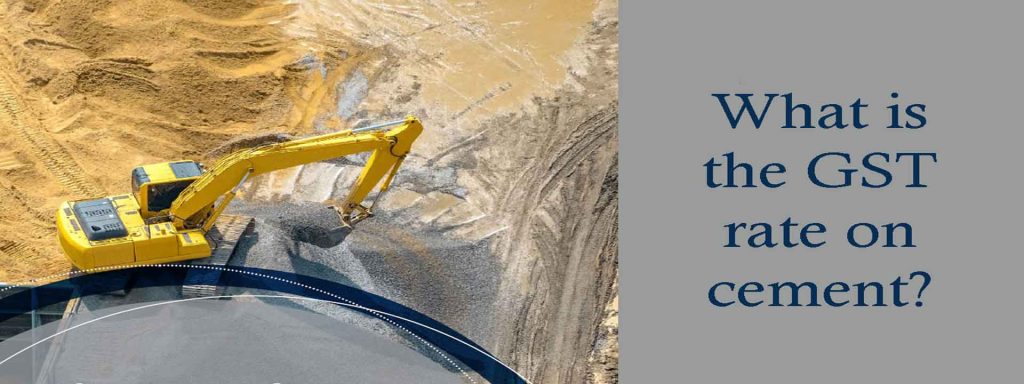GST rate on cement – India is the 2nd largest cement manufacturer in the world. The Government of India is very interested in the development of infrastructure, inexpensive housing and highways, as declared by FM Mr Arun Jaitley in Budget 2017. Thus, the cement industry is predicted to be boosted in the immediate future. However, the concern is, would the introduction of the GST have an impact on the expected growth?
Cement tax patterns are incredibly complicated. For instance, varying prices and special excise duties refer to various forms of cement, based on whether they are sold in bulk or in packed form or for industrial or commercial applications.
GST rate on cement is 28%
As of now, the GST rate on cement is 28%. A greater tax rate means increased prices for the infrastructure market.
Refractory cement, mortars, concrete (primarily required for the construction of industrial furnaces, large ovens, etc.) would incur 18% tax. Cement Bonded Particle Board can draw 12% Limestone, coal and electricity have become the major raw materials for cement. The income tax rates are as shown below:

– Limestone is taxed at 5%.
– Coal is set at 5%, which is 6.69% less than the previous rate i.e 11.69%.
– Electricity is beyond the reach of the GST.
There is no indication of the royalties paid by cement producers to state governments for quarrying limestone. Renewable energy cessation is levied on gas, which is not eligible as an input credit since it is not included in GST. As a result, these two considerations will appear to be beyond the scope of the GST and would be included in the price of cement production well after the implementation of the GST, as was previously done.
Must Read – GST Blogs
Both of these will decrease the operational costs of the cement industry in the future That being said, the cost reduction for end-users could only exist if cement companies transfer their savings to customers. Before then, cement prices are projected to grow, at least for a time, once GST is applied. In exchange, the cost of roads and homes, which are highly cement-based, would also rise.



